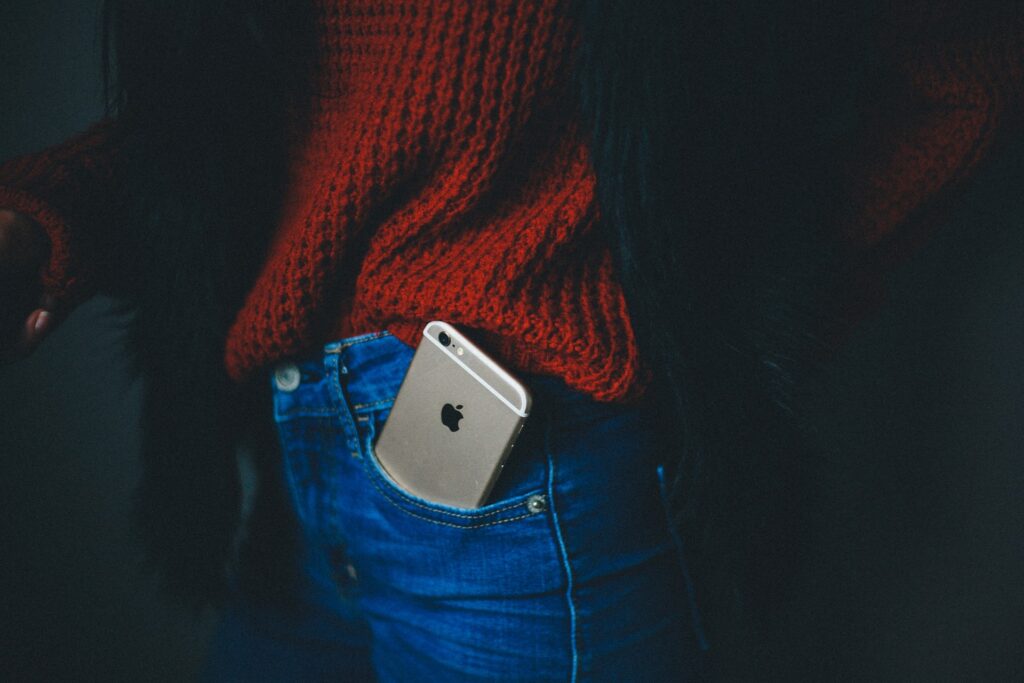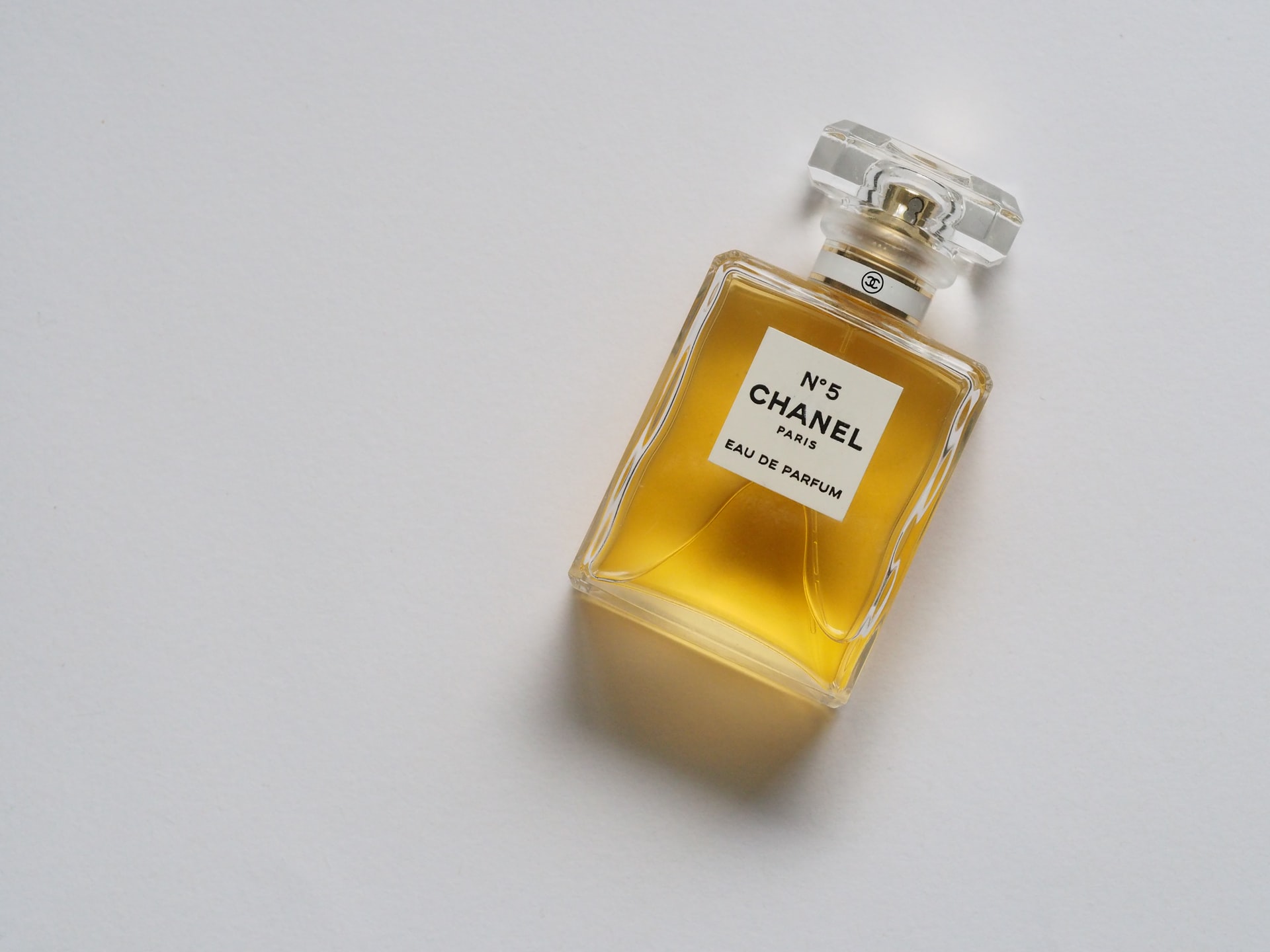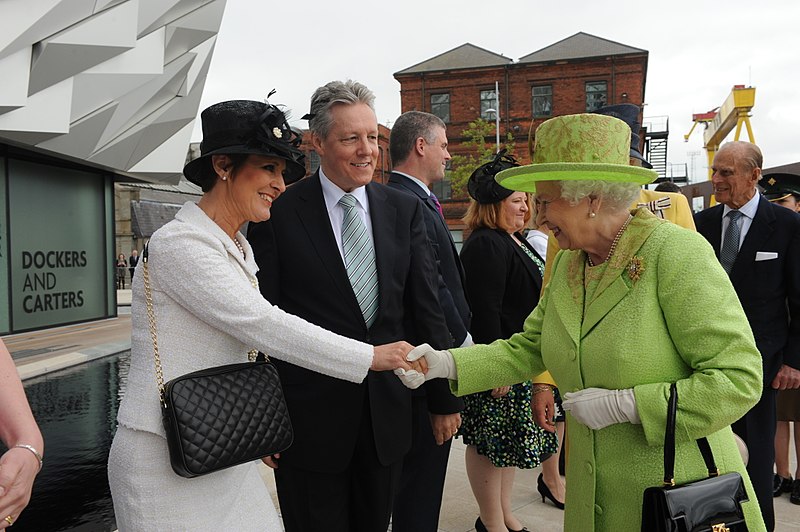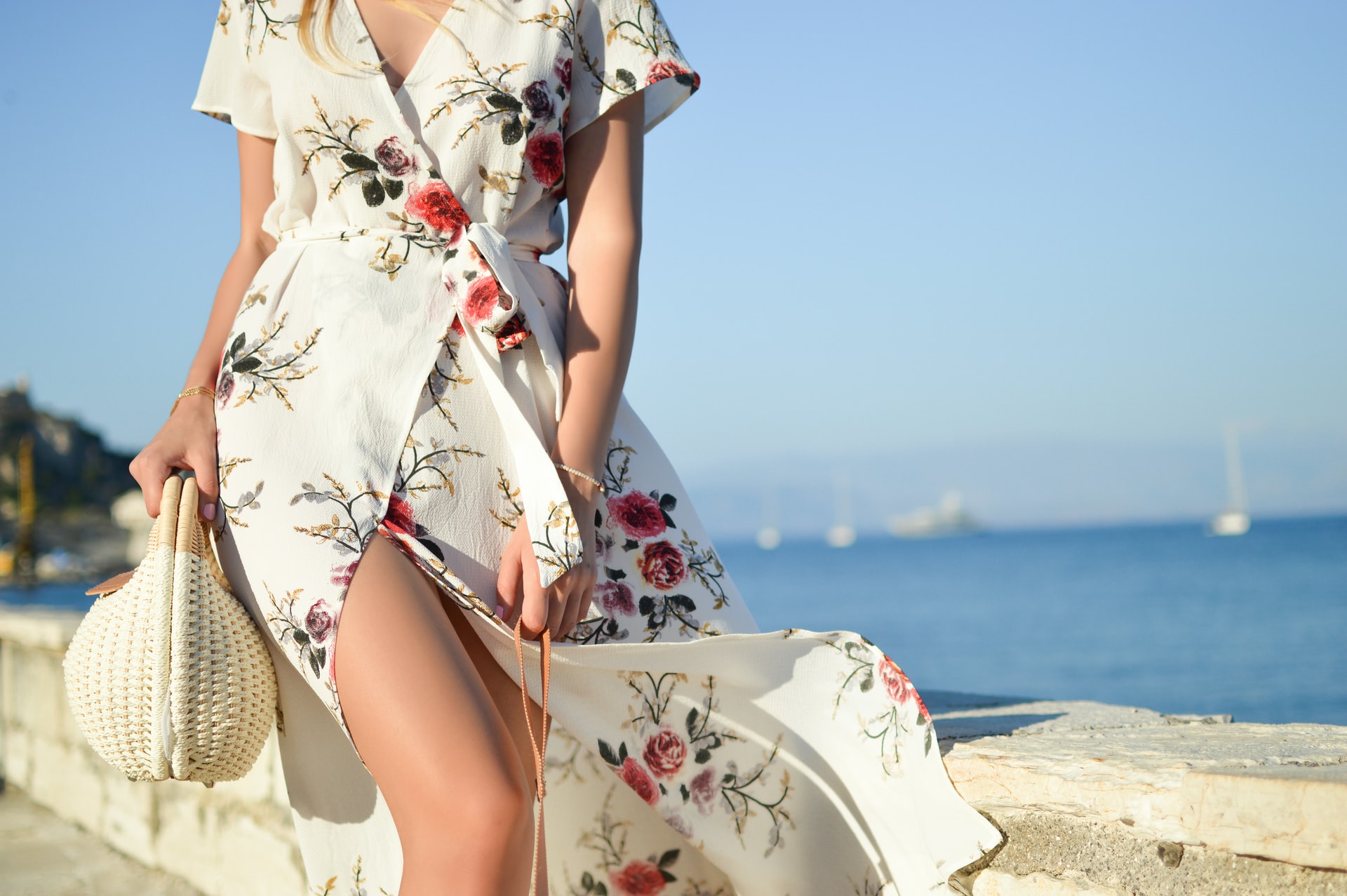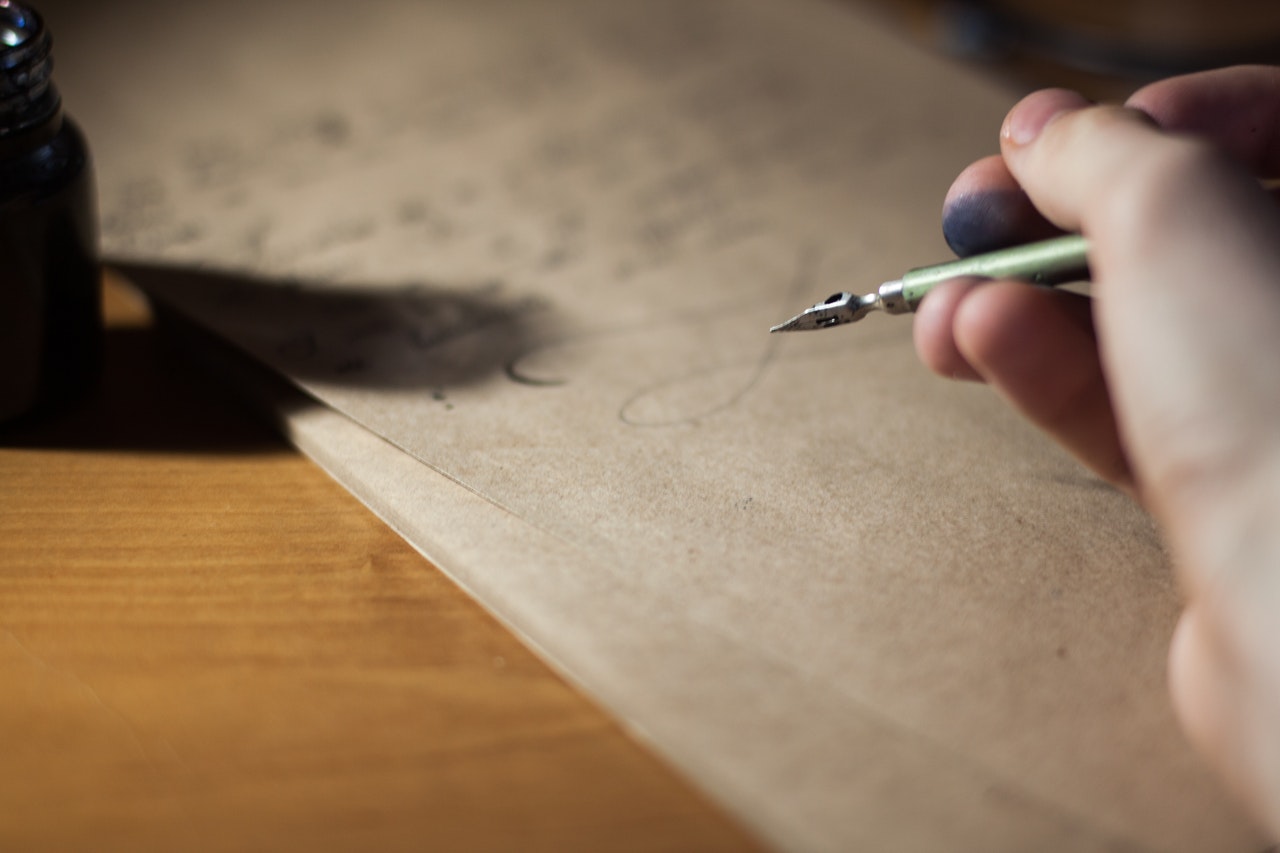Reading Time: 2 minutes
- In the 15th century, pockets for men hung like pouches from a belt, which was hidden underneath a coat.
- These pockets could be reached through a cut in the outer garment.
- Women, who mostly wore tunics and skirts at the time, wore the pocket on their waists between the petticoat and the skirt.
- By the 17th century, pockets began to be sewn into men’s clothing, which was mostly jackets and pants.
- On the other hand, women’s clothing wasn’t easy for dress-makers to integrate pockets in, so women continued to wear pockets under their skirts.
- Then in the 18th century, the women fashion scene changed; with the birth of the first ‘true fashion magazine in Europe’ Cabinet des Modes in 1785, modern fashion journalism originated.
- Trends shifted towards slim skirts and tiny waists; fashion journalists began rallying against tie-in pockets in favour of a small hand-held bag called reticule.
- Tie-in pockets were said to make the women’s body appear unshapely with a bulge under the skirt.
- Gradually towards the end of the 19th century and early 1900s, wearing pants in public*Till this time, in the mainstream cultures across Europe and America, pants were not an acceptable everyday clothing option for women. Only a few tribes allowed women to wear pants, but that was mostly because of their occupations. became an option for women.
- Then in 1939, WWII broke out, and there was a shortage of manpower, and women started working in factories, replacing men who had joined the army.
- So, women got to wear men-like clothes with pockets, but it was because they were working in jobs previously done by men, and pockets were required.
- After America won the war, keenness for domestic life and feminism increased, e.g. pink became the colour for girls, and the focus was back on fashion & slimmer waistlines.
- The argument that ‘bulging pockets made the women’s body unshapely’ was back and that ‘pockets in women clothing were for decoration (and not function)’ was endorsed by leading fashion designers.
- Another argument about smaller pockets is that the global handbag market is about a $50 billion industry, and designers won’t give big pockets to women to stuff and lose a highly profitable handbag business.
Image courtesy of Mikaela Shannon through Unsplash

